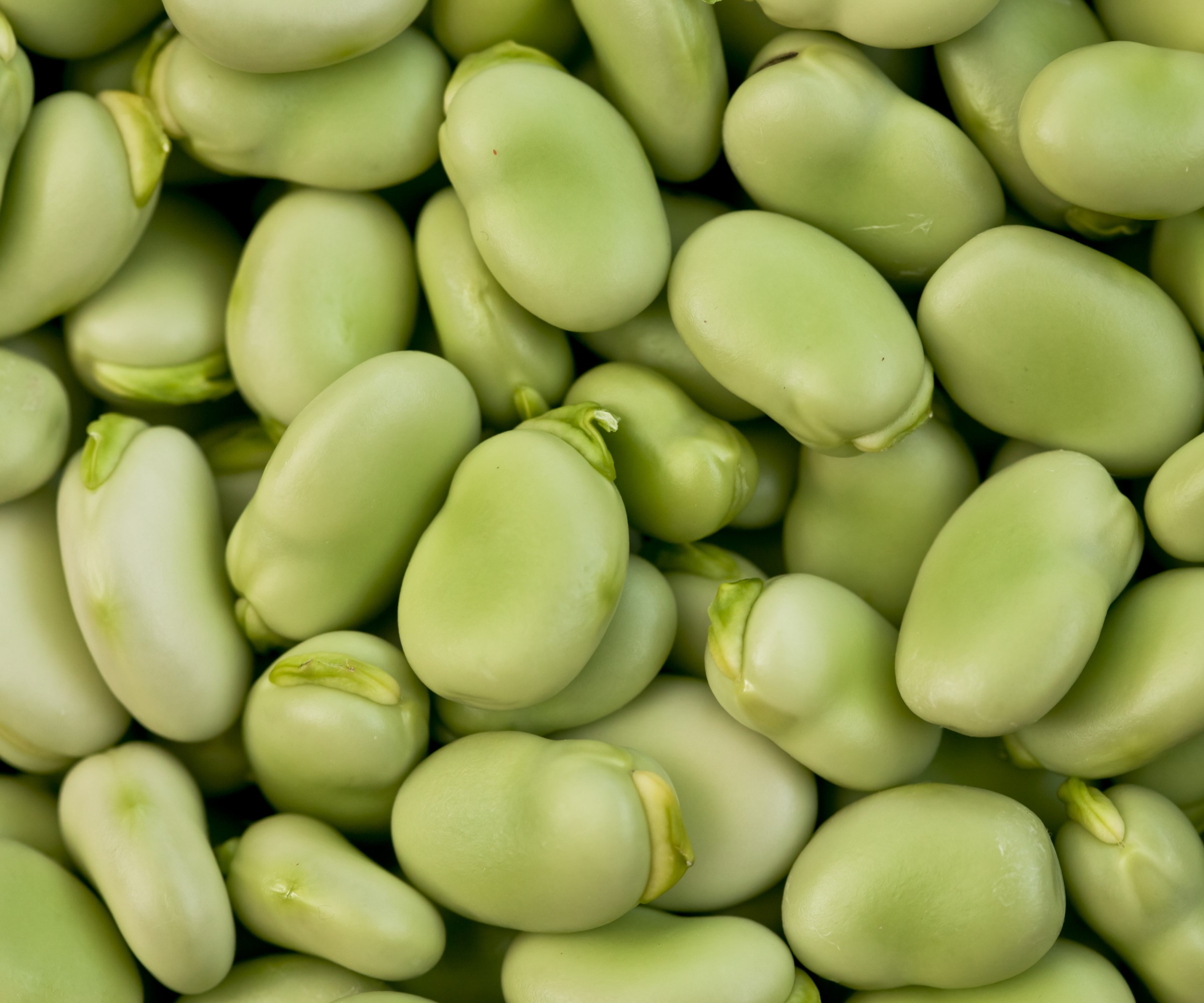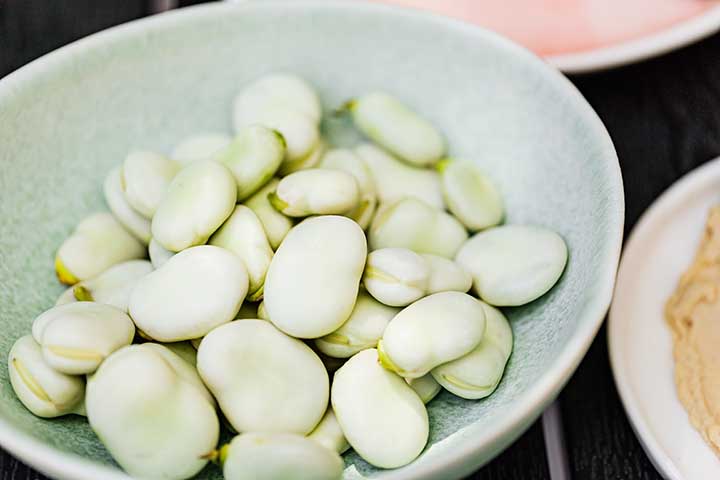Why Fava Beans Need Attention at the Right Moment
Fava beans are a delicate crop that requires precise timing when it comes to harvesting. The window for optimal harvesting is narrow, and missing it can result in reduced yields, flavor, and texture. When to harvest fava beans is a critical decision that can make all the difference in the quality of the crop. If harvested too early, the beans may not have reached their full potential, leading to a lack of flavor and texture. On the other hand, delaying harvesting can cause the beans to become over-mature, leading to a decrease in quality and potential spoilage. Understanding the importance of timing in fava bean harvesting is crucial for growers who want to reap the rewards of their hard work. By knowing when to harvest fava beans, growers can ensure a bountiful harvest with optimal flavor and texture.
Identifying the Optimal Harvesting Window
Determining the ideal harvesting time for fava beans is a complex process that involves considering several factors. Weather conditions, soil quality, and the variety of fava beans being grown all play a crucial role in determining when to harvest fava beans. For instance, fava beans grown in regions with mild winters and cool springs may be ready to harvest earlier than those grown in areas with harsher climates. Similarly, fava beans grown in well-draining soil with a pH between 6.0 and 7.0 may mature faster than those grown in soil with poor drainage or extreme pH levels. By understanding these factors, growers can identify the optimal harvesting window and ensure a bountiful harvest with optimal flavor and texture.
How to Check for Readiness: A Step-by-Step Guide
Inspecting fava beans for readiness is a crucial step in the harvesting process. To ensure optimal flavor and texture, it’s essential to check for the right combination of pod size, color, and texture. Here’s a step-by-step guide to help you determine when to harvest fava beans:
Step 1: Check the pod size. Fava beans are ready to harvest when the pods are plump and around 4-6 inches long.
Step 2: Inspect the pod color. Ripe fava beans will have a bright green color, while unripe ones will be pale or yellowish.
Step 3: Check the pod texture. Gently squeeze the pod to check for firmness. Ripe fava beans will be slightly soft to the touch.
Step 4: Perform a simple taste test. Open a pod and taste the beans. Ripe fava beans will be sweet and tender, while unripe ones will be bitter or starchy.
By following these steps, you can ensure that you’re harvesting your fava beans at the right time, resulting in a bountiful harvest with optimal flavor and texture. Remember, timing is everything when it comes to harvesting fava beans, so be sure to check your crop regularly to avoid missing the optimal harvesting window.
The Role of Weather in Fava Bean Harvesting
Weather conditions play a significant role in determining when to harvest fava beans. Fava beans are sensitive to extreme weather conditions, which can impact the quality and yield of the crop. Rain, drought, and temperature fluctuations can all affect the harvesting schedule, making it essential to monitor weather conditions closely.
Rain can cause fava beans to become waterlogged, leading to rot and reduced quality. On the other hand, drought can cause the beans to become dry and brittle, making them unsuitable for consumption. Temperature fluctuations can also impact the maturation rate of fava beans, with extreme temperatures slowing down or speeding up the ripening process.
In regions with unpredictable weather patterns, it’s crucial to be prepared to adapt the harvesting schedule accordingly. This may involve harvesting fava beans more frequently to avoid damage from extreme weather conditions. By understanding the impact of weather on fava bean harvesting, growers can make informed decisions about when to harvest fava beans to ensure a bountiful and high-quality crop.
By monitoring weather conditions and adjusting the harvesting schedule accordingly, growers can minimize the risk of damage and ensure a successful fava bean harvest. Remember, timing is everything when it comes to harvesting fava beans, and understanding the role of weather is crucial to achieving optimal results.
Fava Bean Varieties: Understanding Their Unique Harvesting Needs
With over 100 varieties of fava beans, each with its unique characteristics, it’s essential to understand the specific harvesting requirements of the variety being grown. Different fava bean varieties have distinct maturation rates, sensitivity to weather conditions, and harvesting windows, making it crucial to research the specific needs of the variety being cultivated.
For example, the ‘Broad Windsor’ variety is known for its large, tender pods and is typically ready to harvest within 75-85 days of sowing. On the other hand, the ‘Crimson Flowered’ variety has a shorter maturation period of 60-70 days and is more sensitive to temperature fluctuations.
Understanding the unique harvesting needs of each variety can help growers optimize their harvesting schedule and ensure a bountiful crop. By researching the specific requirements of the fava bean variety being grown, growers can avoid common mistakes, such as harvesting too early or too late, and ensure that their crop is of the highest quality.
When it comes to harvesting fava beans, timing is everything. By understanding the specific needs of the variety being grown, growers can ensure that they are harvesting their fava beans at the optimal time, resulting in a higher yield and better flavor. Remember, knowing when to harvest fava beans is crucial to achieving a successful crop, and understanding the unique needs of each variety is key to success.
Avoiding Common Harvesting Mistakes
When it comes to harvesting fava beans, it’s essential to avoid common mistakes that can reduce the yield and quality of the crop. One of the most common errors is pulling up the entire plant instead of just the pods. This can damage the roots and prevent the plant from producing additional beans. To avoid this mistake, gently grasp the pod and twist it counterclockwise to remove it from the stem.
Another common mistake is harvesting fava beans too early or too late. Harvesting too early can result in beans that are too small and immature, while harvesting too late can cause the beans to become overripe and develop an unpleasant flavor. To avoid this mistake, regularly inspect the beans and harvest them when they are plump, tender, and have a bright green color.
Additionally, failing to harvest fava beans regularly can lead to over-maturation, which can reduce the yield and quality of the crop. To avoid this mistake, harvest fava beans every 7-10 days to encourage the plant to produce new beans. By avoiding these common mistakes, growers can ensure a bountiful and high-quality fava bean harvest.
Remember, knowing when to harvest fava beans is crucial to achieving a successful crop. By understanding the optimal harvesting window and avoiding common mistakes, growers can maximize their yield and enjoy a delicious and nutritious harvest.
Preserving Your Fava Bean Harvest for Future Enjoyment
After harvesting fava beans, it’s essential to preserve them properly to enjoy their delicious flavor and nutritional benefits throughout the year. There are several methods to store and preserve fava beans, including freezing, canning, and drying.
Freezing is an excellent way to preserve fava beans, as it helps maintain their texture and flavor. To freeze fava beans, simply blanch them in boiling water for 2-3 minutes, then shock them in an ice bath to stop the cooking process. Once cooled, package the fava beans in airtight containers or freezer bags and store them in the freezer for up to 6 months.
Canning is another popular method for preserving fava beans. To can fava beans, blanch them in boiling water for 2-3 minutes, then pack them into sterilized jars, leaving about 1 inch of headspace. Add a brine solution and seal the jars, then process them in a boiling water bath for 20-30 minutes. Canned fava beans can be stored for up to 12 months.
Drying is a simple and effective way to preserve fava beans, and it’s an excellent option for those who want to store them for an extended period. To dry fava beans, simply spread them out in a single layer on a baking sheet and place them in a low-temperature oven (150°F – 200°F) for 6-8 hours. Once dried, store the fava beans in airtight containers for up to 6 months.
By preserving fava beans using these methods, growers can enjoy their harvest throughout the year and share their bounty with friends and family. Remember, when to harvest fava beans is crucial, and proper preservation techniques can help maintain their quality and flavor.
Maximizing Your Fava Bean Yield: Tips and Tricks
To get the most out of your fava bean harvest, it’s essential to employ strategies that promote healthy plant growth, improve soil quality, and manage pests effectively. One crucial tip is to rotate your fava bean crop annually to avoid depleting the soil of essential nutrients. Additionally, incorporating organic matter such as compost or manure into the soil can enhance its fertility and structure, leading to a more bountiful harvest.
Another key technique is to implement a robust pest management system. Fava beans are susceptible to pests like aphids, whiteflies, and spider mites, which can significantly reduce yields. To combat these pests, use natural methods like introducing beneficial insects, spraying soapy water, or applying neem oil. Regularly inspecting your plants and taking prompt action can help prevent infestations and ensure a healthy harvest.
When to harvest fava beans is also critical in maximizing yields. Harvesting at the optimal time encourages the plant to produce more beans, increasing overall yields. Regularly inspecting the plants and harvesting the beans when they are plump, tender, and bright green can help stimulate the plant to produce more.
Furthermore, providing adequate support for the fava bean plants can also boost yields. Fava beans are climbing plants and require a trellis or other support system to grow vertically. This not only improves yields but also makes harvesting easier and more efficient.
By incorporating these tips and tricks into your fava bean cultivation strategy, growers can maximize their yields, enjoy a bountiful harvest, and reap the nutritional benefits of this versatile legume. Remember, understanding when to harvest fava beans is crucial, and with the right techniques, growers can enjoy a successful and rewarding harvest.






